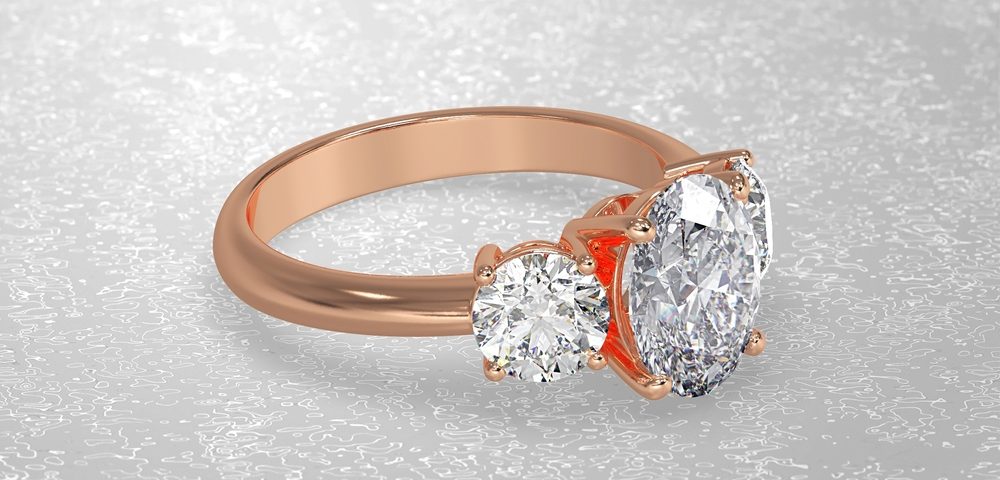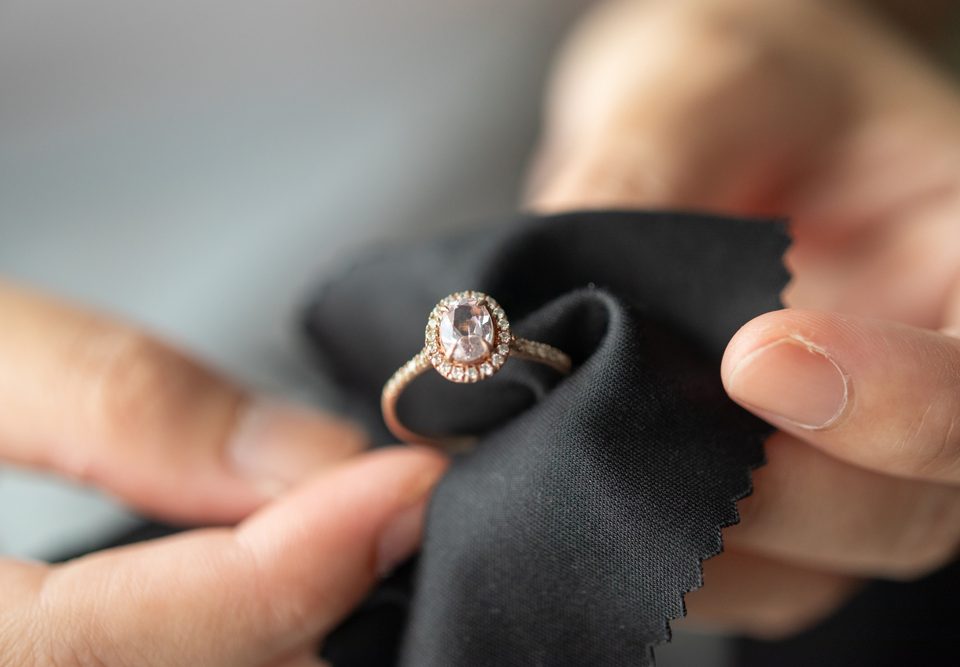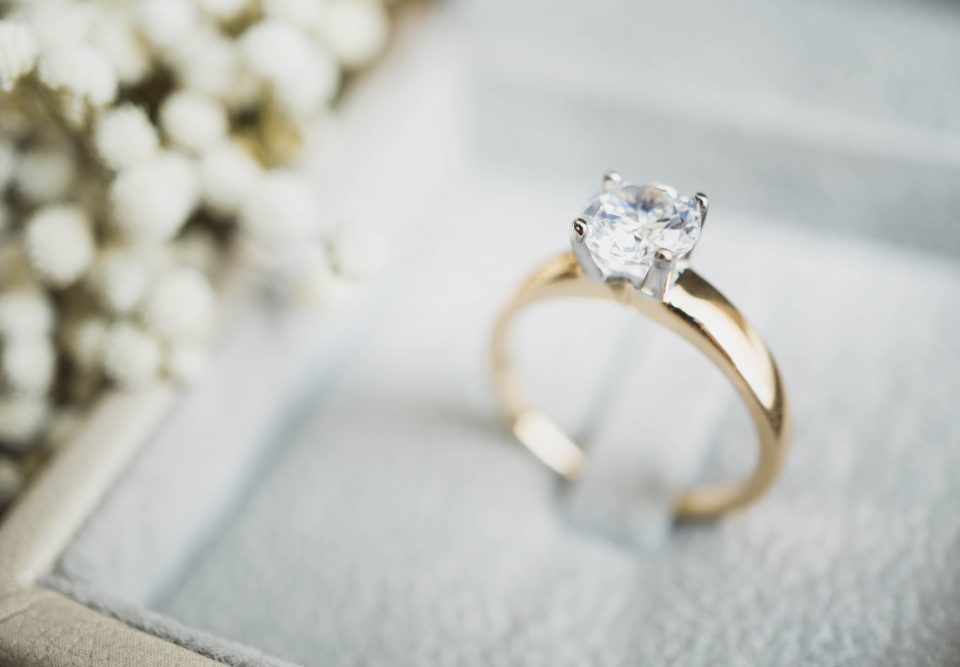- Quick contact:
- 801.359.2035
Side Stone Options for a Three-Stone Ring

For some purchasing a ring for themselves or a significant other, a single stone as the centerpiece just isn’t quite enough. There are a few good options for those in this position, and one of these is known as the three-stone ring.
At AAA Jewelers, we’re happy to provide clients with a huge range of engagement rings, wedding rings and many other ring types, and the three-stone ring has risen significantly in popularity among our clients in recent years. One of the most important parts of selecting this ring style involves choosing the right side stones — what exactly is this setup, why are side stones important, and what are some of your top options in terms of side stone types? Here’s a rundown.
Three-Stone Ring Basics and Side Stone Considerations
As its name suggests, the three-stone ring refers to one that includes a large, prominent center stone, flanked on each side by a smaller side stone. The three stones are typically set flush with one another in a line, creating a sleek and elegant appearance. You might also see this ring style referred to as a trilogy ring or an eternity ring.
The center stone is usually the largest and most eye-catching of the bunch, but the side stones play an important role in the setup as well. Side stones can be secured in a few different setting types, including plain settings, halo settings, bezel settings and more. Different setting types will affect the overall appearance of the ring, so it’s important to keep this in mind when choosing side stones.
Side stone selection also comes into play when considering the “meaning” behind the ring. If you’re looking for a three-stone ring with symbolism, you might want to consider using birthstones, for example. Or, if you have a specific color scheme in mind, you can use side stones that complement the center stone’s hue.
Our next few sections will go over some side stone options — but it’s important to note that we’re not looking at different gemstone types here. Rather, we’re looking at different stone shapes and varieties that might be considered, plus how they tend to work with various center stones.
Trapezoids
One of the most popular options for three-stone ring side stones are trapezoids. Trapezoids are typically long and narrow, with tapered sides that come to points at either end. They can be cut in a few different ways, including brilliant cut, step cut and more — but they’re most often seen in brilliant cut form.
Trapezoids tend to work well with a range of center stones, from round brilliant cuts to emerald cuts and beyond. They can also be used in a variety of different setting types, so you’re not limited in terms of ring design options.
Ovals or Pears
Another good option for three-stone ring side stones are ovals. Ovals are similar to rounds in that they’re circular, but they tend to be elongated vertically. This gives them a unique look that can really stand out next to the right center stone.
Pears are similar to ovals, but with tapered sides that come to a point at one end (imagine an oval that’s been stretched out horizontally). Pears can also make great three-stone ring side stones.
Both ovals and pears tend to work well with rounds, as well as a number of other center stone shapes. These side stones are often seen in bezel settings or halo settings, which further accentuate their unique shape.
Cushions
Cushions are another type of side stone that’s becoming increasingly popular in three-stone rings. Cushions are essentially “squared” rounds, with rounded sides and corners. They tend to have a large surface area relative to their depth, which gives them a unique look.
Like ovals and pears, cushions can work well with rounds and other center stones. They can also be used in a variety of settings, from bezels to halos and beyond.
Tapered Baguettes
For those unfamiliar, this style refers to a step-cut faceting in an elongated shape, which tapers on one side. This is known as a quality understated side stone.
Tapered baguettes tend to work best with emerald cuts, Asscher cuts and other step-cut stones — but they can also be used with rounds, ovals and more. These side stones are often seen in plain settings or channel settings.
Half-Moon
Similar to a round brilliant cut that’s been sliced in half, half-moon side stones have a curved, crescent-like shape. These stones can be used on their own or paired with other shapes (such as rounds) to create a more unique look.
Half-moons pair very well with cushion cuts, oval cuts and round cuts. They can also be used in a variety of settings, from solitaires to three-stone rings and beyond.
Trillions
This side stone refers to a three-side triangular stone, with pointed corners. This is a great choice for those who want something a little different, but still elegant and understated.
Trillions can work with rounds, ovals and cushions. They’re often seen in solitaire settings or three-stone rings, but can be used in a variety of other designs as well. They’ve become a bit less popular over recent years, but as we well know, many trends in this world are cyclical — so it’s possible they’ll make a comeback in the near future.
No matter what type of side stones you choose for your three-stone ring, the important thing is that you love the way it looks. After all, this is a piece of jewelry that you’ll be wearing for many years to come — so you want to make sure it’s absolutely perfect.
For more on this, or to learn about any of our diamond jewelry, engagement rings or other products, contact the team at AAA Jewelers today.



